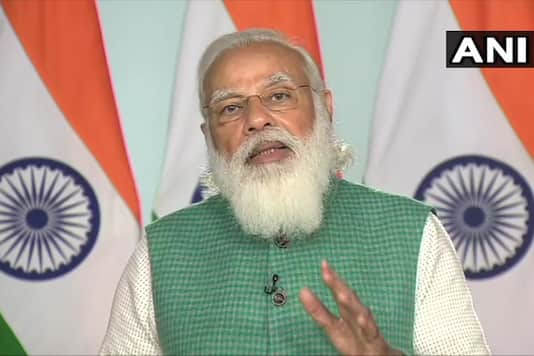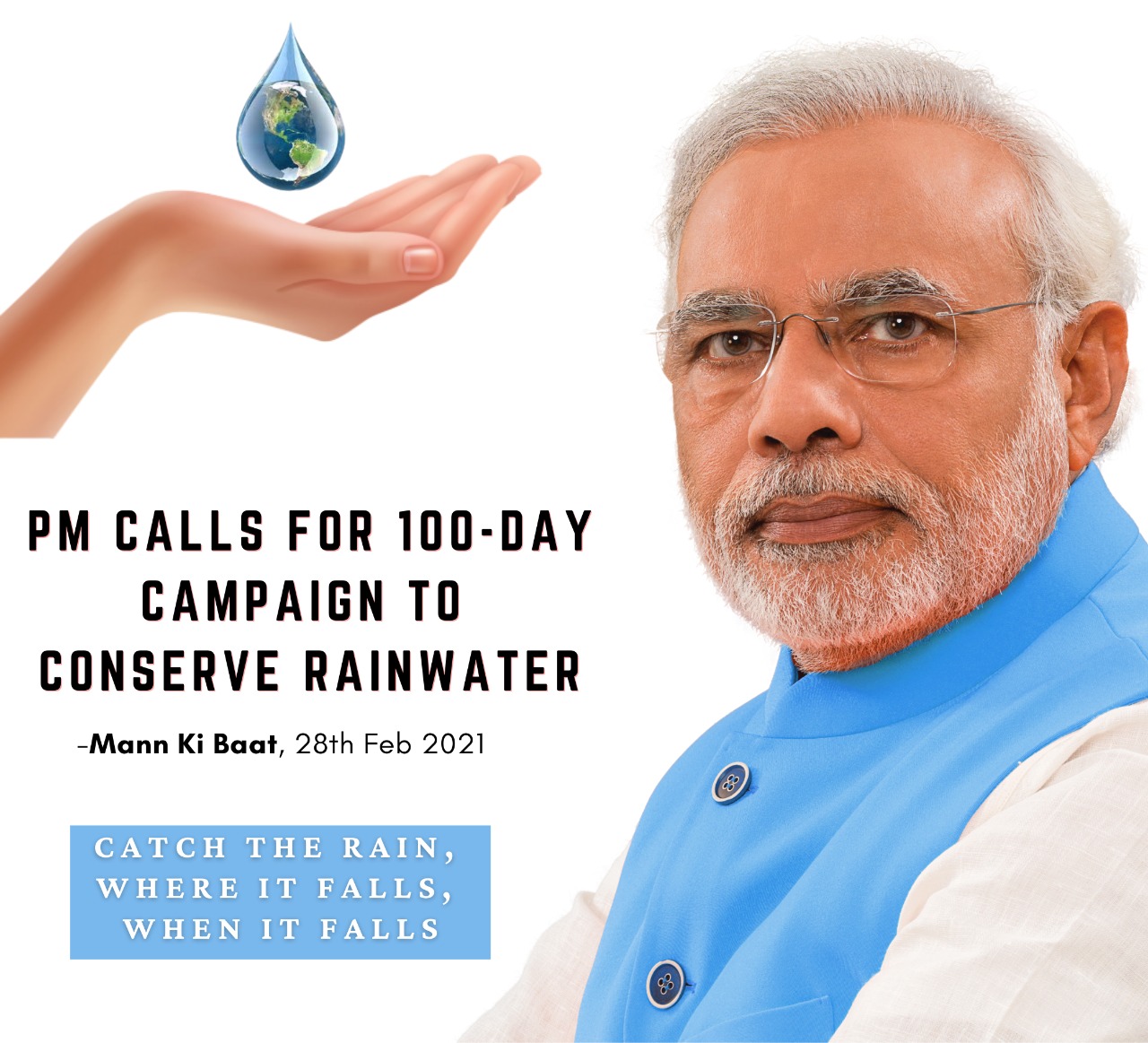CAMUS‐SBT is an oxygenation engine that outperforms conventional technologies
likeActivated Sludge Process (ASP), Sequential Batch Reactor (SBR), Membrane Bio Reactor
(MBR)and Moving Bed Bio‐reactor (MBBR). Our technology harnesses a special set of
bio‐chemical reactions to deliver the oxygenation required for effluent treatment.
In conventional technologies, aeration isachieved mechanically, which is very energy
intensive. At higher ambient temperatures (like inIndia) the solubility of oxygen in water
is low, therefore energy requirements of mechanical aeration used by conventional
technologyincreases. Moreover, air contains only20% oxygen, the rest being nitrogen that
ispassed into water wastefully, further adding to process inefficiency.
CAMUS‐SBTresolves this problem using a bio‐chemical method of oxygenation, which
notonly uses the atmospheric oxygen, but also uses the nitrogen from the atmosphere in a
specially engineered natural ecology to achieve the desired level of purity.
In addition conventional technologiesgenerate large amount of sludge for which
additional disposal facilities have to becreated. CAMUS‐SBT does not face any such
problems.Theschematic of the process is shown below.
Featuresof our technology:
-
· Low‐energy consumption
· All green natural process
· No moving parts apart from pumps
· No bio‐sludgeformation
· Efficient removal of COD and nitrogen
· Near drinking water quality after treatment
· Treatment cost Rs 3‐5 per 1000L
· Garden likeambiance
· Bio‐tower designs available for spaceconstrained areas.
· One time mediainstallation
· Long life
· Unskilled personnel sufficient to operate
· No foul Odor
Varioususes of the technology
· Sewage treatment plant(STP) and industrial effluent treatment plant (ETP)applications.
· Retrofit ofpre-existing STP/ETPs with SBT/CAMUS-SBT systems.
· Laundry EffluentTreatment for total water reuse.
· Distilleryspent-wash treatment.
· Coffee Effluenttreatment.
· Hospitals waste water ,Hotels waste water,Municipal waste water can all be treated using SBT.
· Design of zerodischarge air scrubbers for removal of waste noxious gases (Sulphur, NOx
and organic pollutants from Industrialprocesses).
CAMUS‐SBT is an oxygenation engine that outperforms conventional technologies
likeActivated Sludge Process (ASP), Sequential Batch Reactor (SBR), Membrane Bio Reactor
(MBR)and Moving Bed Bio‐reactor (MBBR). Our technology harnesses a special set of
bio‐chemical reactions to deliver the oxygenation required for effluent treatment.
In conventional technologies, aeration isachieved mechanically, which is very energy
intensive. At higher ambient temperatures (like inIndia) the solubility of oxygen in water
is low, therefore energy requirements of mechanical aeration used by conventional
technologyincreases. Moreover, air contains only20% oxygen, the rest being nitrogen that
ispassed into water wastefully, further adding to process inefficiency.
CAMUS‐SBTresolves this problem using a bio‐chemical method of oxygenation, which
notonly uses the atmospheric oxygen, but also uses the nitrogen from the atmosphere in a
specially engineered natural ecology to achieve the desired level of purity.
In addition conventional technologiesgenerate large amount of sludge for which
additional disposal facilities have to becreated. CAMUS‐SBT does not face any such
problems.Theschematic of the process is shown below.
Featuresof our technology:
· Low‐energy consumption
· All green natural process
· No moving parts apart from pumps
· No bio‐sludgeformation
· Efficient removal of COD and nitrogen
· Near drinking water quality after treatment
· Treatment cost Rs 3‐5 per 1000L
· Garden likeambiance
· Bio‐tower designs available for spaceconstrained areas.
· One time mediainstallation
· Long life
· Unskilled personnel sufficient to operate
· No foul Odor
Varioususes of the technology
· Sewage treatment plant(STP) and industrial effluent treatment plant (ETP)applications.
· Retrofit ofpre-existing STP/ETPs with SBT/CAMUS-SBT systems.
· Laundry EffluentTreatment for total water reuse.
· Distilleryspent-wash treatment.
· Coffee Effluenttreatment.
· Hospitals waste water ,Hotels waste water,Municipal waste water can all be treated using SBT.
· Design of zerodischarge air scrubbers for removal of waste noxious gases (Sulphur, NOx
and organic pollutants from Industrialprocesses).
CAMUS‐SBT is an oxygenation engine that outperforms conventional technologies
likeActivated Sludge Process (ASP), Sequential Batch Reactor (SBR), Membrane Bio Reactor
(MBR)and Moving Bed Bio‐reactor (MBBR). Our technology harnesses a special set of
bio‐chemical reactions to deliver the oxygenation required for effluent treatment.
In conventional technologies, aeration isachieved mechanically, which is very energy
intensive. At higher ambient temperatures (like inIndia) the solubility of oxygen in water
is low, therefore energy requirements of mechanical aeration used by conventional
technologyincreases. Moreover, air contains only20% oxygen, the rest being nitrogen that
ispassed into water wastefully, further adding to process inefficiency.
CAMUS‐SBTresolves this problem using a bio‐chemical method of oxygenation, which
notonly uses the atmospheric oxygen, but also uses the nitrogen from the atmosphere in a
specially engineered natural ecology to achieve the desired level of purity.
In addition conventional technologiesgenerate large amount of sludge for which
additional disposal facilities have to becreated. CAMUS‐SBT does not face any such
problems.Theschematic of the process is shown below.
Featuresof our technology:
· Low‐energy consumption
· All green natural process
· No moving parts apart from pumps
· No bio‐sludgeformation
· Efficient removal of COD and nitrogen
· Near drinking water quality after treatment
· Treatment cost Rs 3‐5 per 1000L
· Garden likeambiance
· Bio‐tower designs available for spaceconstrained areas.
· One time mediainstallation
· Long life
· Unskilled personnel sufficient to operate
· No foul Odor
Varioususes of the technology
· Sewage treatment plant(STP) and industrial effluent treatment plant (ETP)applications.
· Retrofit ofpre-existing STP/ETPs with SBT/CAMUS-SBT systems.
· Laundry EffluentTreatment for total water reuse.
· Distilleryspent-wash treatment.
· Coffee Effluenttreatment.
· Hospitals waste water ,Hotels waste water,Municipal waste water can all be treated using SBT.
· Design of zerodischarge air scrubbers for removal of waste noxious gases (Sulphur, NOx
and organic pollutants from Industrialprocesses).


